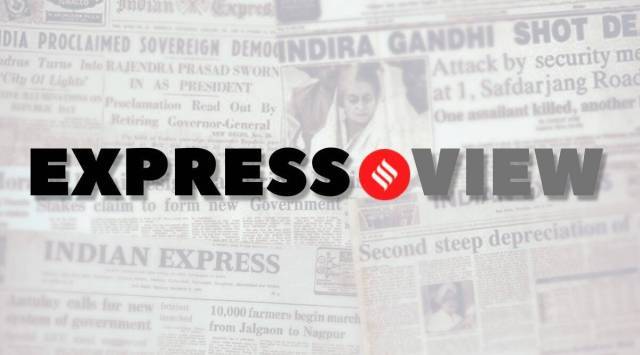Opinion Proposed digital regulatory framework changes could vest more discretion with Centre
It must reassess the consequences of the proposed provisions of digital regulation and reexamine its position
 Instead of providing a nurturing ecosystem for the development of new technologies, this approach could potentially rob the public of both the intended and unintended benefits stemming from their development and adoption
Instead of providing a nurturing ecosystem for the development of new technologies, this approach could potentially rob the public of both the intended and unintended benefits stemming from their development and adoption In August, the Digital Personal Data Protection Bill 2023 was passed by Parliament. This law is part of the regulatory framework being brought in by the government to govern the digital economy in India. The other elements of this architecture are the draft Digital India Bill, the draft India Telecommunication Bill 2022, and a policy to govern non-personal data. While the Digital India Bill is still to be finalised, reports in this paper have raised troubling questions over some of the changes in the current regulatory structure that are being considered in the Bill. As these changes would vest considerable power and discretion with the Union government, and given their far-reaching consequences, they warrant careful consideration.
Last week, a report in this paper outlined how the draft Bill could create greater space for the government to issue content-blocking orders to online platforms by “dropping language” that raises the legal guardrails around such orders. Under Section 69 (A) of the IT Act, orders to block content can be issued if it is “necessary or expedient” on account of national security and public order, among other things. The change being deliberated upon removes the phrase “necessary or expedient”.
Another equally controversial change could vest with the government the discretion to decide which social media platforms should receive safe harbour protection — the legal immunity provided to these intermediaries vis a vis the content posted on their platforms. As per another report, the government is also planning to “regulate the deployment of emerging technologies”. It could bar new technologies if it perceives them to be a risk to users or to national security.
The consequences of each of these provisions, that are yet to be finalised, are troubling. Take, for instance, the matter of removing the legal guardrails around blocking orders. This comes at a time when there has been a dramatic expansion in takedown requests from India. As reported in this paper, government requests to social media platforms to take down content have risen from 471 in 2014 to 9,849 in 2020.
Seen in conjunction with provisions that could deny the immunity afforded to social media platforms by default, it raises concerns over the possibility of the government exercising greater control. While these platforms themselves have much to answer for — their decision-making has often been accused of being opaque — discretion regarding who is afforded safe harbour protection, and who is not, will create space for misuse, and opens up the possibility of taking down content that may be deemed critical of the government. And is the government the best arbiter of the risks new technologies pose?
Instead of providing a nurturing ecosystem for the development of new technologies, this approach could potentially rob the public of both the intended and unintended benefits stemming from their development and adoption. Just like the government reconsidered its approach on cross-border data flows, it must reassess the consequences of the proposed provisions of digital regulation and reexamine its position.




